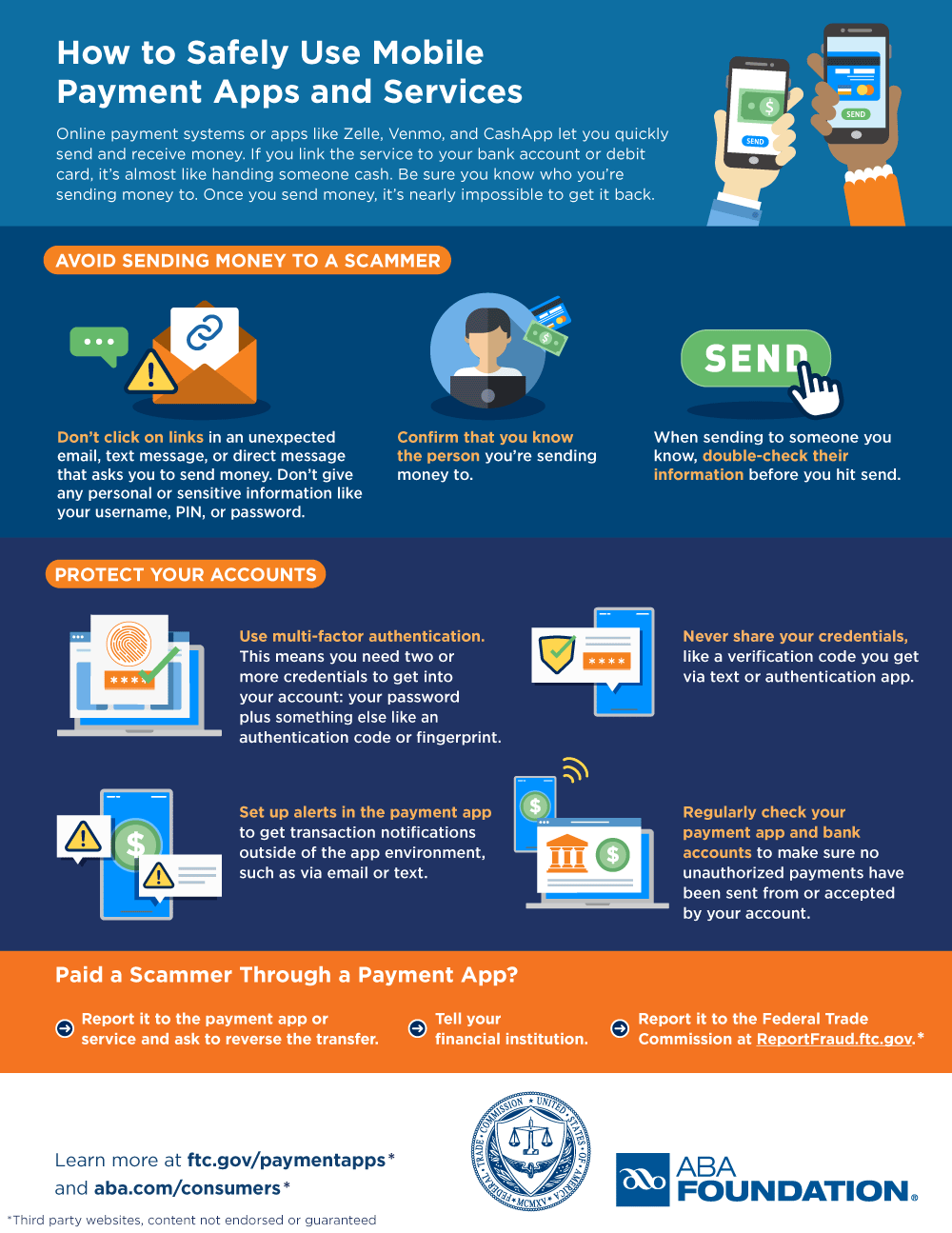You are opening a window that is controlled by an affiliated third party. Peoples Bank does not endorse or guarantee the products, information or recommendations provided by the linked sites. Peoples Bank is not responsible for accuracy, security, content, or services offered by other websites; we encourage you to view privacy & security disclosures of all websites you visit as they may be different than those of Peoples Bank. Insurance and investment products are not insured by FDIC or any Federal Government Agency; are not a deposit of, or guaranteed by the Bank or any Bank Affiliate; and may lose value.
